Related Industry Knowledge
Description of non-standard screw production factors
Aug 20, 2022 View: 783
How to produce a good non-standard screw? What factors should we pay attention to?
First of all, it is the selection of materials. Different materials have different processing techniques. For example, if you choose 303 material, 303 distinguishes free-cutting stainless steel containing sulfur and selenium, and cannot be processed by single-mode machine or multi-station machine. We often encounter customers holding a drawing, such as hexagon socket socket head machine screw, the specification is M4*12 national standard, but the material request is 303, usually this kind of screw can not be produced, because the material is turning material, however It is also required to make a hexagon socket, which requires cold heading technology, and cold heading technology cannot upset 303 material. The material contradicts the craftsmanship. It is like the cold heading technique used by single-die machines and multi-station machines, which can only do 302, 304, and 316 austenitic stainless steels.
Secondly, after the material is selected, the production process of non-standard screws must also be considered. Non-standard screws are divided into three parts, namely size, mechanical properties and surface defects. The specific inspection items of each part have different regulations according to different products. If the precision and appearance requirements of non-standard screws are particularly strict, it is recommended to choose a machining method. Cold heading is a natural forming method, and the control of edges, corners and precision is not as high as machining.
Third, nominal processing. The more commonly used nominal treatment of stainless steel is to wash and remove oil and preserve the essence. However, there will also be requirements for color, such as anodizing, electrophoresis, rack plating and other chemical coloring are possible, and mirror polishing is also possible. After the nominal treatment is completed, a screw is instantly taller.
Fourth, the rest of the processing. Screw customization, for example, the dimension inspection items for hexagonal nuts are specified as thread general gauge, thread stop gauge, thread minor diameter, opposite side width, diagonal dimension, nut height, and the perpendicularity of the nut bearing surface and the thread axis; while the flat washer is specified as the inner diameter , outer diameter, thickness, coaxiality of the outer circle to the inner hole and flatness, etc. As for the mechanical performance inspection items, hardness and tensile strength are specified for hexagonal nuts, while only hardness is specified for flat washers. Non-standard screws are divided into three parts, namely size, mechanical properties and surface defects. The specific inspection items of each part have different regulations according to different products. Some people want to increase the hardness, and usually advocate the use of 316 material. The hardness of 316 material is slightly higher than that of 304 material. Some will have requirements on the appearance and name, which mainly depends on the customer and the place where the screw is used. 316 material is less used. Not only because of its anti-rust function and good corrosion resistance, but more importantly, its price is much higher than that of 304 stainless steel. If it is not a special environmental requirement, few users will use 316 stainless steel.
www.junlyhardware.com
You Might Also Like
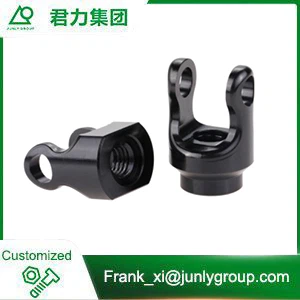
Aluminum Alloy CNC Machining Parts For Medical Devices
Learn More
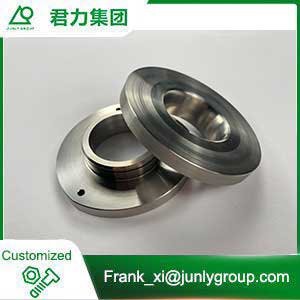
Flange Accessories
Learn More
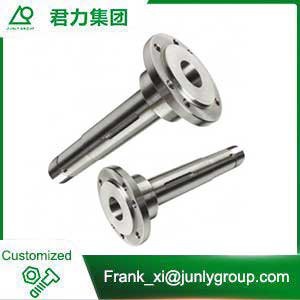
Stainless Steel Machined Parts
Learn More
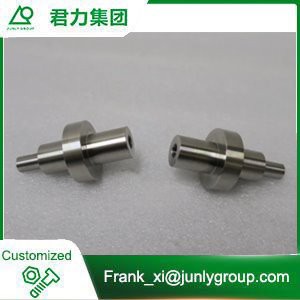
High Precision CNC Machined Lathe Medical Part
Learn More
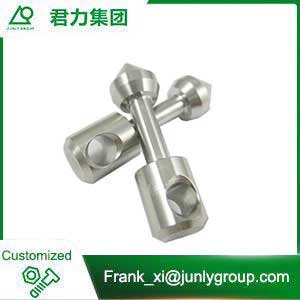
Precision Machined Parts
Learn More
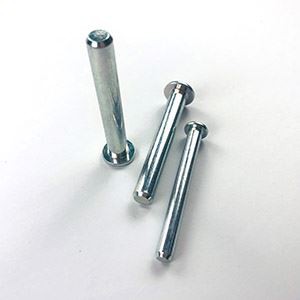
Hex Socket Button Head Screws
Learn More
Send Inquiry
Copyright © SIP Junly Industrial Precision Co., Ltd. All Rights Reserved.